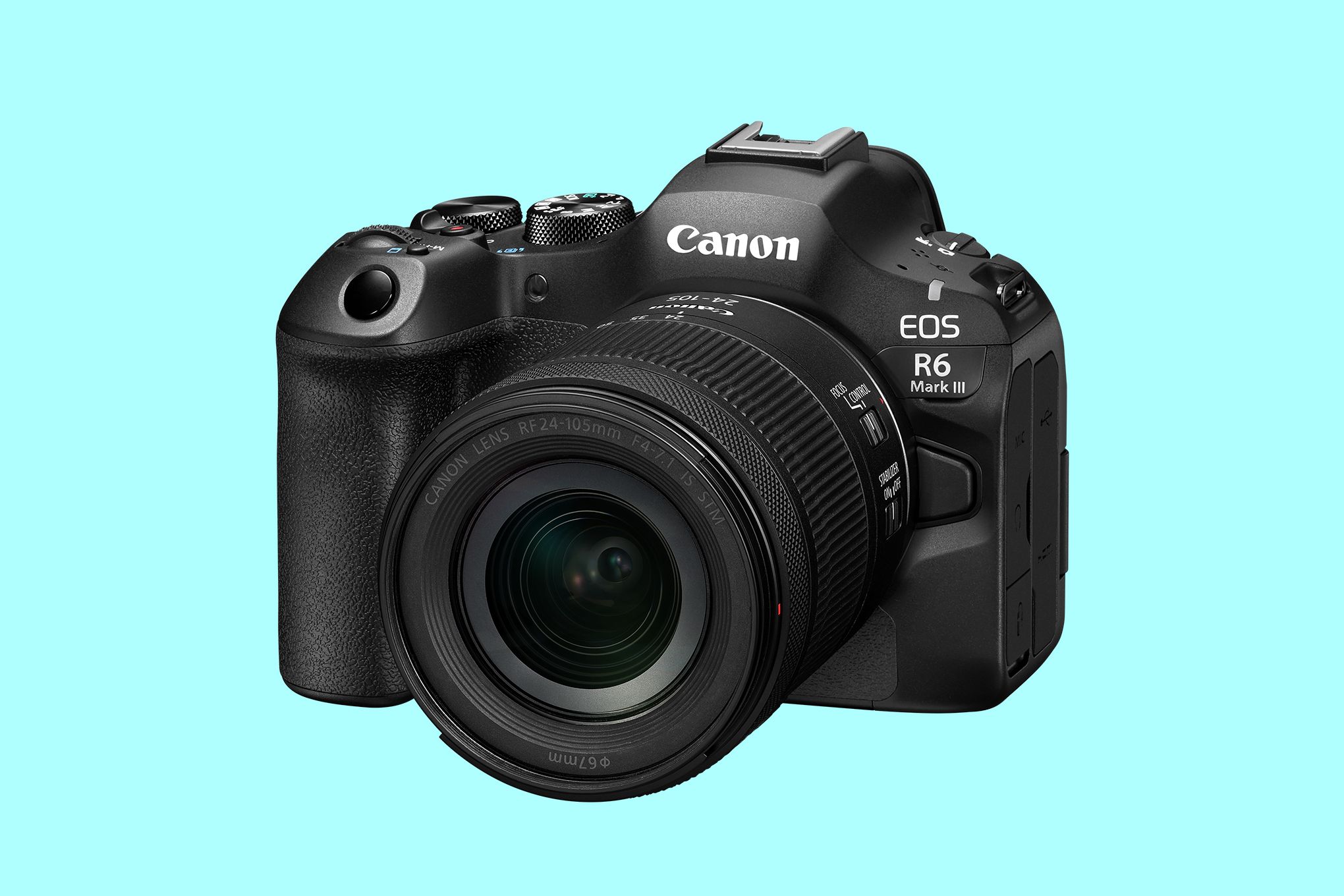Canon just dropped the EOS R6 Mark III, packing a 32.5-megapixel sensor and 7K video recording into its mainstream mirrorless lineup. The $2,799 camera launches November 25th, targeting creators who want pro-level specs without the $4,000+ price tag of the R5 Mark II. But the real surprise might be Canon's new $470 RF 45mm f/1.2 lens – the cheapest f/1.2 glass we've ever seen from a major manufacturer.
Canon is shaking up the mirrorless camera market with the EOS R6 Mark III, a significant upgrade that bridges the gap between enthusiast and professional photography. The camera launches November 25th with a 32.5-megapixel full-frame sensor – a substantial jump from the 24-megapixel predecessor that defined the R6 line.
The timing couldn't be more strategic. While Sony continues to dominate mirrorless sales and competitors like Sigma push affordable glass, Canon's betting on a sweet spot between accessibility and performance. The Mark III's $2,799 body-only price sits well below the $4,299 EOS R5 Mark II, making professional features accessible to a broader creative market.
"We're seeing content creators demand higher resolution without the premium price point," according to Canon's positioning. The new sensor delivers 7K/60p RAW recording and 4K/120p capture, with support for full corner-to-corner open gate filming that provides extra crop flexibility in post-production.
The video upgrades extend beyond raw specs. Canon added a tally lamp for remote shooting scenarios and upgraded from Micro HDMI to full-size Type A HDMI – small changes that video professionals will immediately appreciate. The autofocus system now supports face registration for priority tracking, addressing one of the most requested features from the previous generation.
But Canon's made one controversial change that's already dividing photographers. The Mark III ditches dual SD card slots for an asymmetrical setup pairing CFexpress Type B with SD. CFexpress delivers faster write speeds, enabling the camera to maintain 12fps mechanical shutter or 40fps electronic shooting even at the higher resolution. However, CFexpress cards cost significantly more than SD, and managing mixed formats complicates workflow.
"Unlike CFexpress Type A, Type B slots can't accommodate SD cards," explains The Verge's Antonio Di Benedetto, highlighting how Sony cameras offer more flexible combo slots. This design decision reflects Canon's push toward higher-performance storage, but may frustrate photographers with existing SD card collections.












